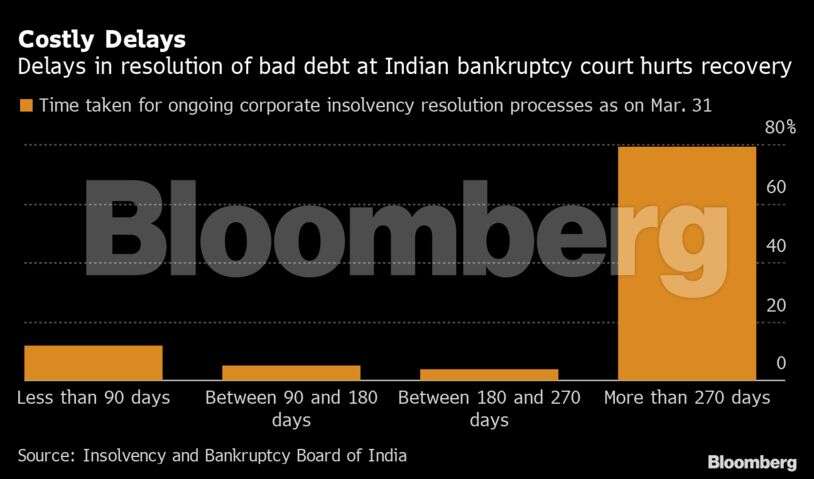Pledging of household gold is expected to go up across states with the gradual easing of lockdown restrictions, according to Umesh Mohanan, Executive Director and CEO, Indel Money, a Mumbai-based NBFC.
He says that customers are strapped for cash to honour committed outflows. The virus has been deadly this time with rising infection rate, caseloads and number of deaths, forcing people to borrow more. All these have added to the financial woes of the common people, he adds. Edited excerpts of an interview:
What is the outlook on gold loan for the current fiscal? And what will drive the growth of gold loans?
The outlook for gold loan demand is positive and the demand will be fuelled by healthcare requirements, pandemic-driven uncertainty, the limitations of the banking sector to serve gold loan demand at the earlier pace due to decreased gold prices and end of 90 per cent LTV lending on last March 2021, apart from increased credit crunch due to the prevailing policies.
Our gold loan book has registered around 40 per cent growth in FY20-21. We expect around 50 per cent plus growth in FY21-22, thanks to our expanded geographical presence.
Has there been growth in the gold loan business in April and May of FY22 compared to the same period last year?
The branches in locations with reduced restrictions on movements have witnessed larger pent-up demand in comparison to last year. The industry has been growing at over 25 per cent. Gold loan demand is expected to spike after the lockdown and the post-lockdown demand growth is expected to surpass growth registered during the post lockdown period last year.
Also read: Borrowers to get option to repay a part of the Gold (Metal) Loan in physical gold
Recently, gold loan NBFCs auctioned record tonnage of pledged gold through auctions. Does this point to the growing credit risks for firms offering short-term loans?
Truly, at this point when cash flow is constrained for the common consumer, the facility to keep their gold live by remitting interest and continuing at their original LTV would be a better option than the short-term loans. The consumers have to settle interest along with principal within a short period of time, and correspondingly re-pledge at relatively lower LTV. This will result in huge cash outflow for the customer, in comparison with the longer-tenure schemes.
What are your plans for the company?
We are planning to explore various options such as capital injection by the group holding company, raising funds through public NCDs and PE/VC placement for our expansion. We have recently opened 25 branches across Andhra Pradesh and Telangana. We also have plans to enter Maharashtra and Gujarat with our conventional brick-and-mortar format by Q4 FY21-22. We are also planning to set up a support hub in all major cities to spread our doorstep gold loan facility which functions through the network of virtual branches.
We are planning to launch pre-paid cards. Our disbursals are fully automated because of our tie-ups with banks through our app. Existing customers can use our portal or mobile app to extend the exposure of the gold pledged with us on the basis of the prevailing LTV.
We will set up an automated process in which customers can manage the credit line according to their preferences. We are also planning to expand our online gold loan facility to take the branches to the homes of customers as the upper segments of MSMEs are not comfortable visit gold loan company branches during the gold appraisal process.







